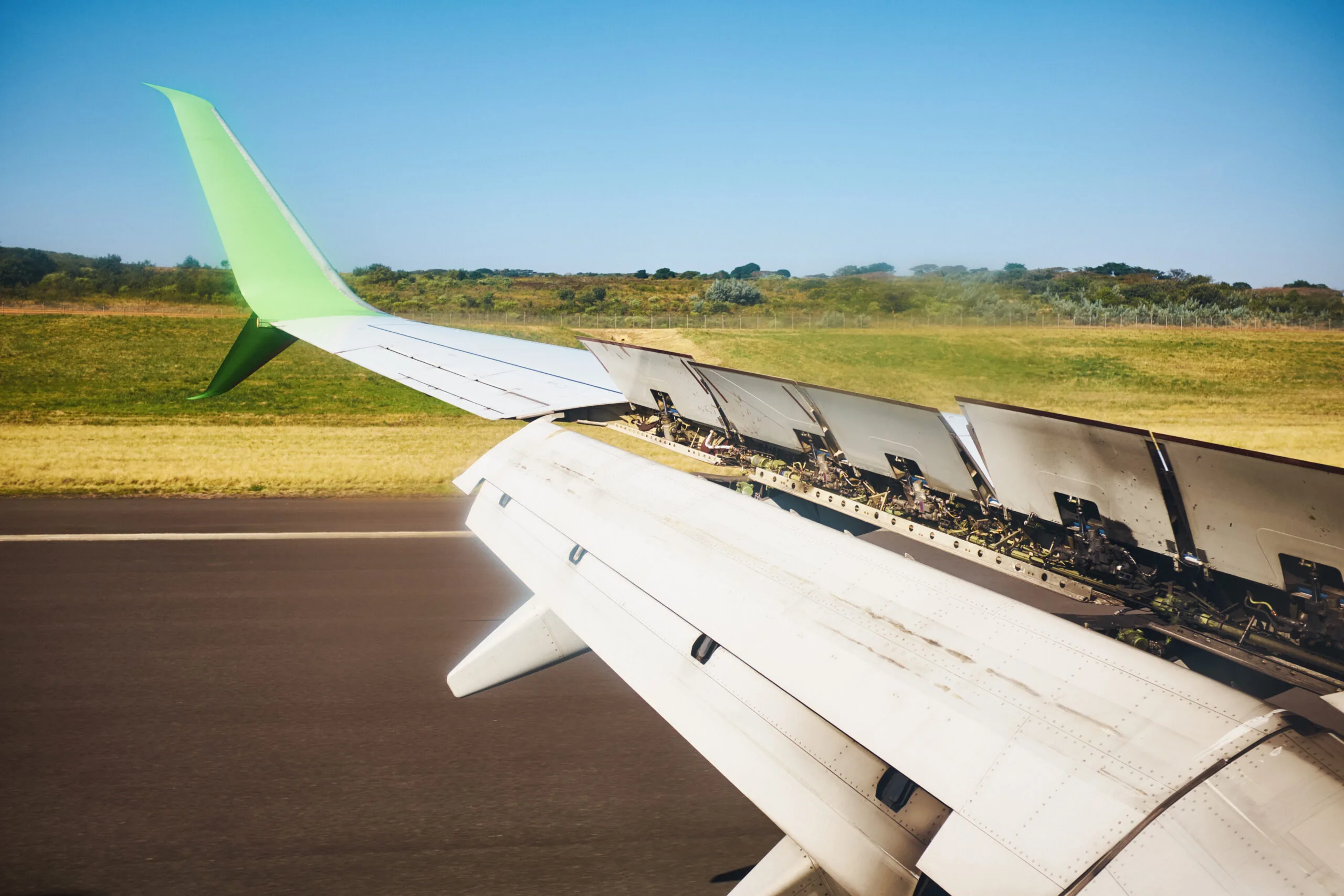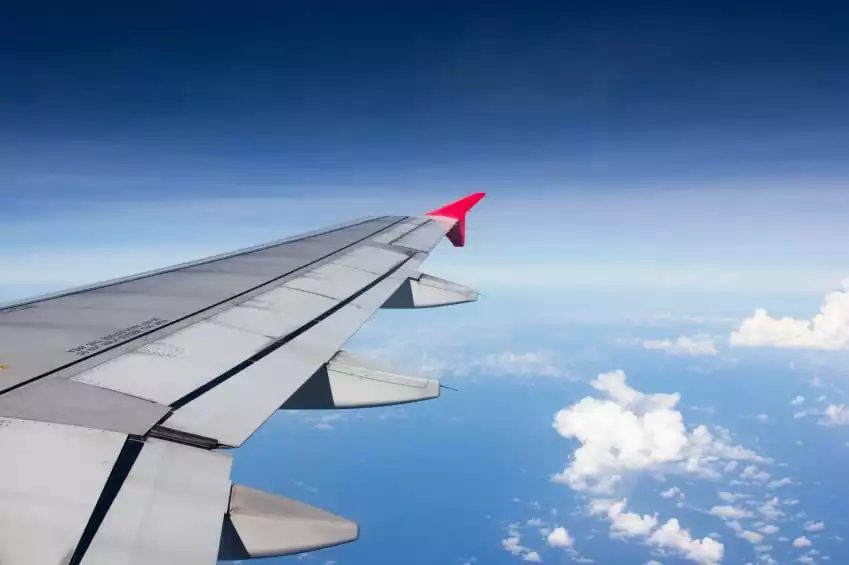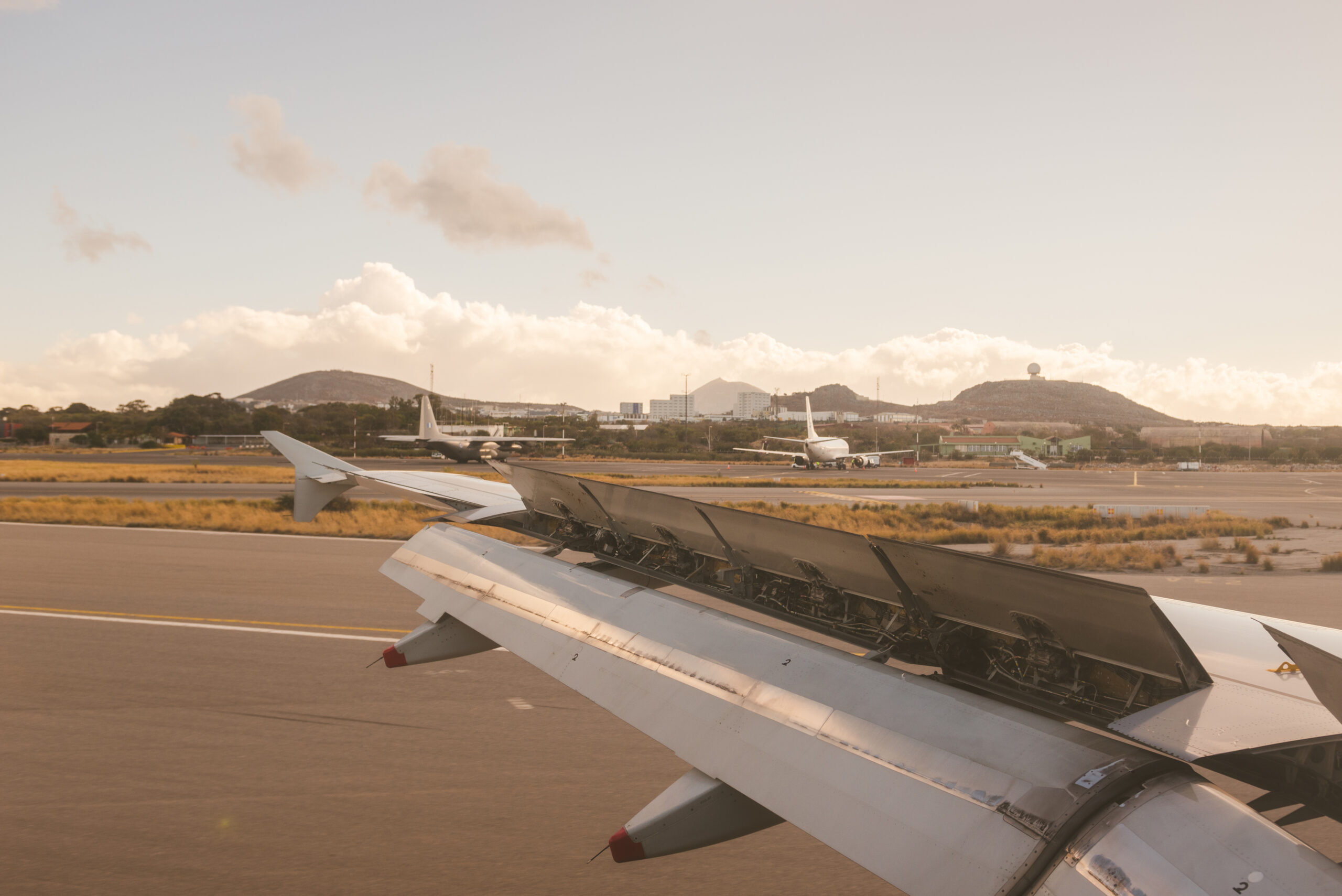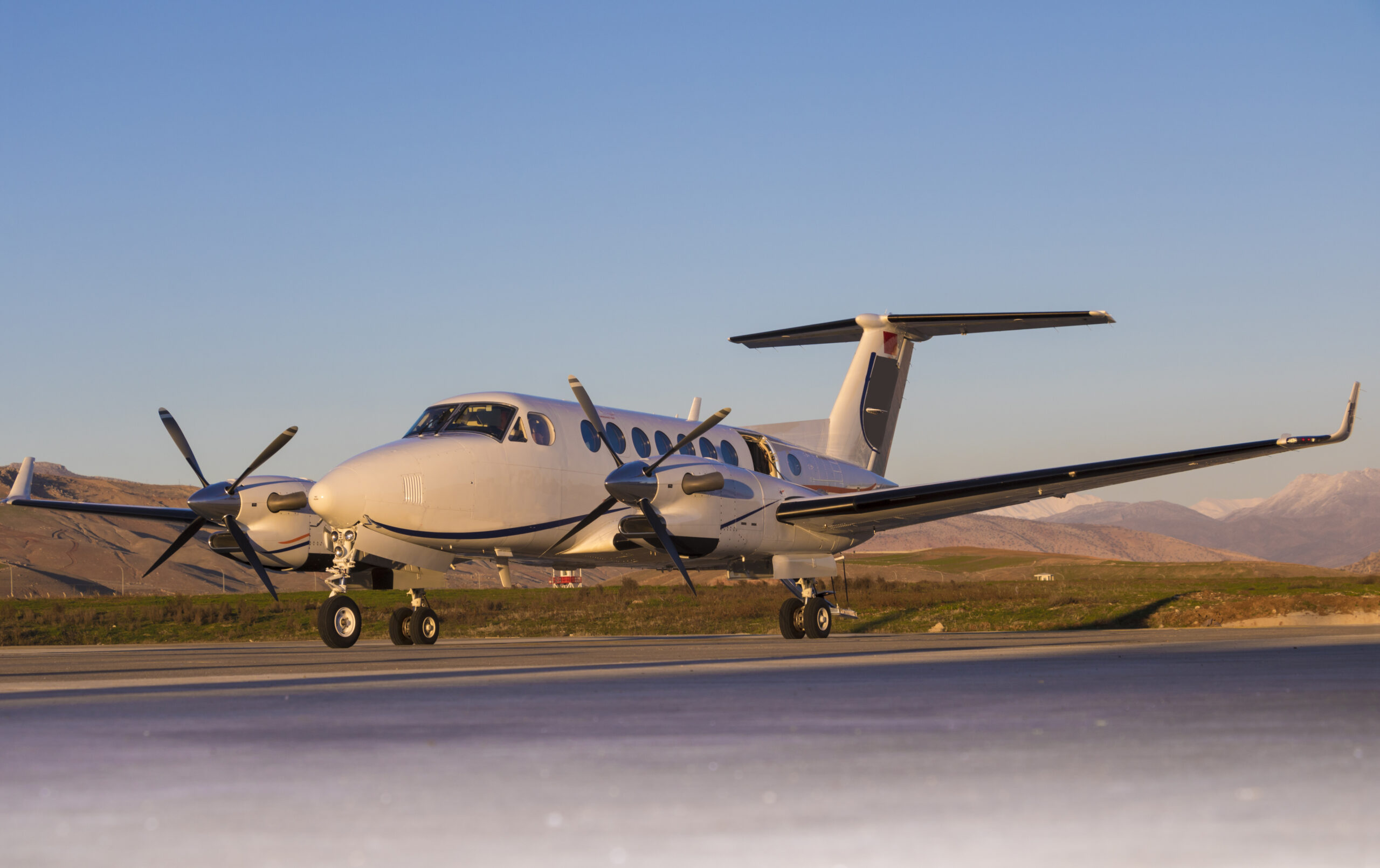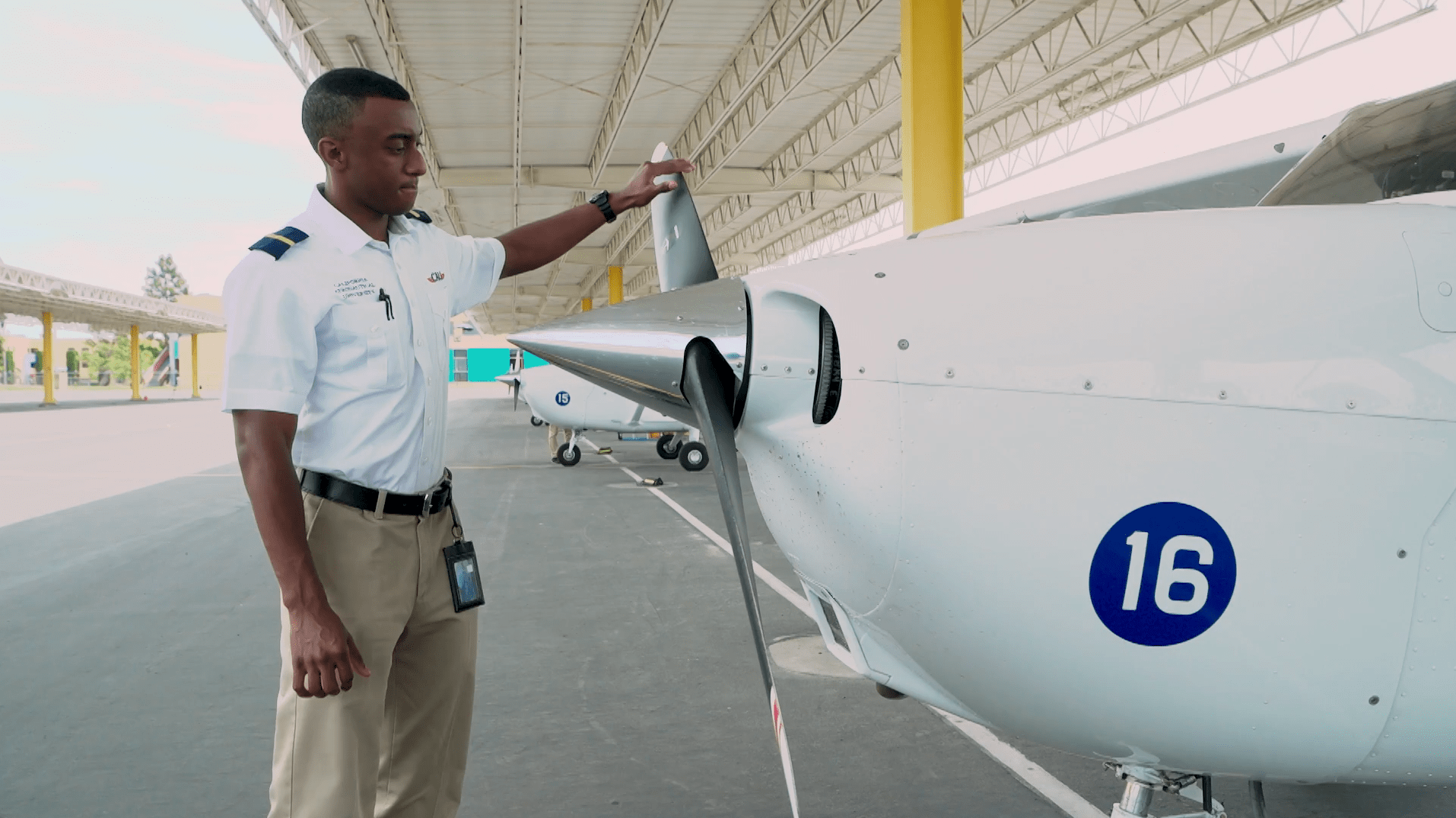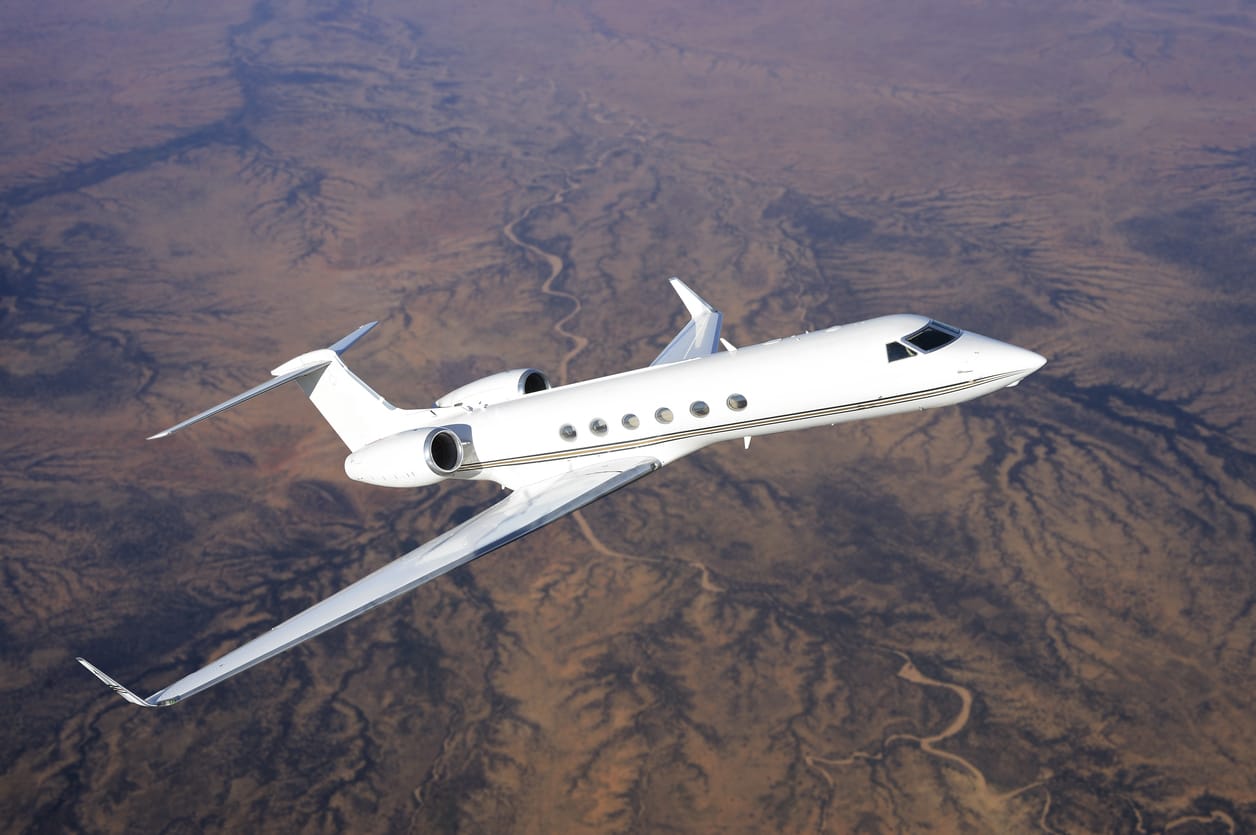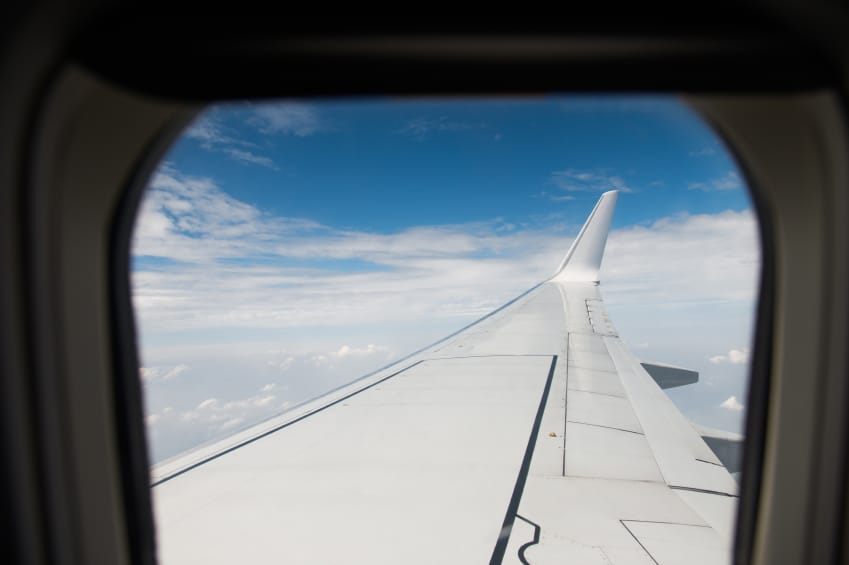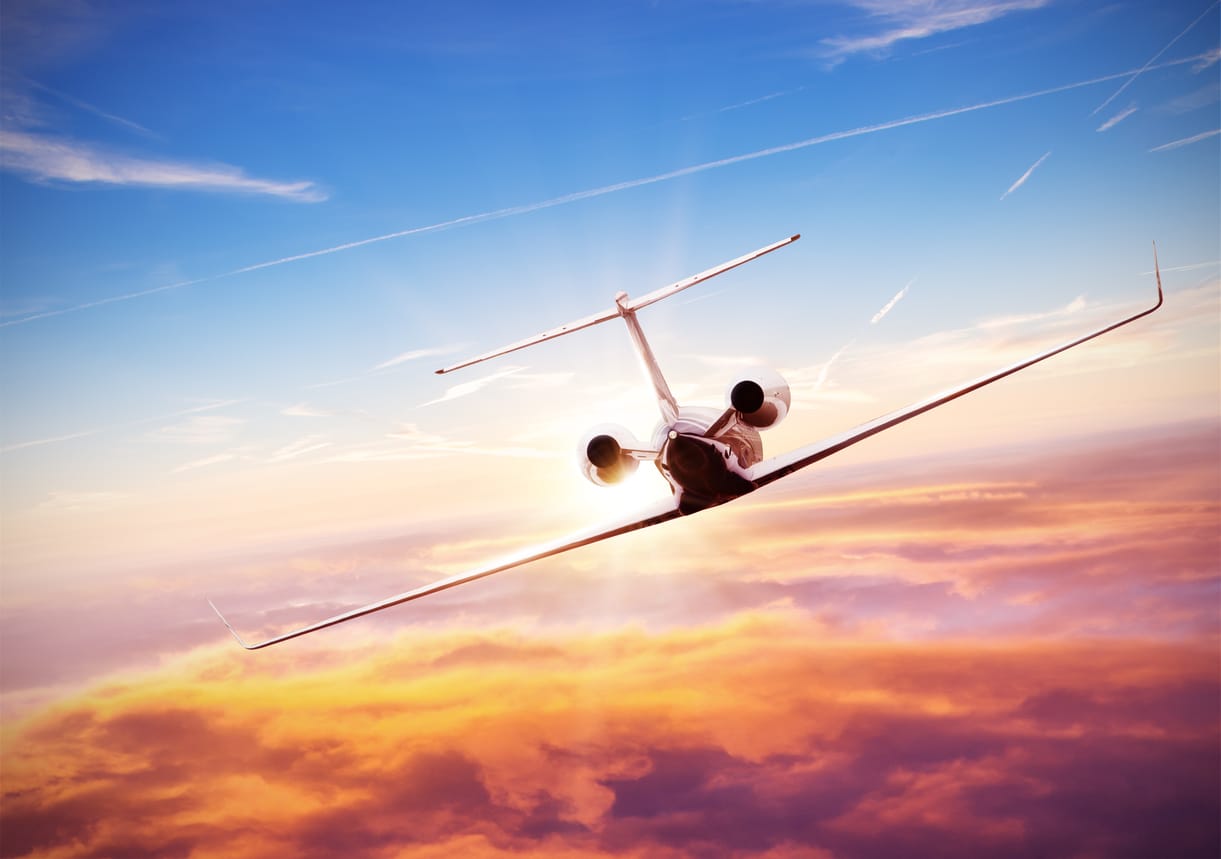There is a lot of power behind a jet engine – enough to get it into the sky and stay there. Though when it is in the midst of takeoff, the aircraft can benefit from a little extra boost. That is where high-lift devices, such as Fowler flaps, come in.
Located on the wing, flaps are intended to give extra lift and drag as they can extend their surface area as well as extend downward interrupting the air stream. This is beneficial during landing.
While you may have a general idea of what they do, let’s take a closer look at Fowler flaps and how they work.
What Are Fowler Flaps?
Fowler flaps are one of four different types of flaps used in aviation. They are extensions of the wing that run along the rear side and move independently of it at the pilot’s command. Flaps change the shape of the wing in order to get the desired response.
The flap can slide backward to increase the surface area of the wing resulting in more lift. It doesn’t just stop there, though. Even greater lift comes when the flaps turn downward, curving the wing.
The more curved the wing, the greater the lift generated.
Fowler Flaps During Landing
The ideal time in which Fowler flaps are used is during landing. In this situation, the flaps increase the lift of the aircraft allowing it to land at slower speeds – which reduces the amount of runway needed.
This can be highly beneficial if the runway is shorter than average or if there are any obstacles blocking it.
Fowler Flaps During Takeoff
The flaps are also used for takeoff. However, they are not often used to their full extent – nor are they used all the time. As discussed above, the flaps offer lift, but they also provide a drag. When you are trying to get an aircraft in the sky, too much drag can be dangerous.
Fowler flaps are mostly used during takeoff when the lift coefficient is too low. Otherwise, they leave the flaps alone.
Fowler Flaps and an Increased Lift
We know that Fowler flaps increase lift by increasing the wing’s surface area and by curving the wing, but how does it work? How does this create a lift?
Wings are a vital part of an aircraft. They can create lift all on their own depending on the speed of the aircraft (or the air around it), as well as the wing’s angle, often referred to as the wing’s Angle of Attack.
The wing has three main sections:
-
The leading edge
-
The trailing edge
-
The chord
The leading edge is the front section of the wing that slices through the air first. The trailing edge is the rear side of the wing. The chord is the area between the two.
When referring to the Angle of Attack, we are referring to the angle of the chord as it comes in contact with the airflow. The greater the angle, the greater the lift.
Remember, Fowler flaps extend the wing’s surface and curve downward. This changes the trailing edge of the wing and, in turn, changes the chord. When used, the flaps increase the Angle of Attack and, ultimately, the lift.
Fowler Flaps vs. Other Flaps
There are other types of flaps available. How do they compare to Fowler flaps?
The size of the lift that comes from Fowler flaps is what distinguishes it from others, including split flaps and slotted flaps. These other flaps have their own advantages, but when it comes to creating lift for some of the largest aircraft, they just cannot cut it.
Split flaps cannot move backward to extend the surface, but rather only move down. As a result, they produce more drag than lift. You will not find them on many aircraft because of this. Slotted flaps are a bit different, but they, too, cannot provide more lift than drag.
You will find these other flaps on smaller aircraft, such as passenger, training, and cargo aircraft.
Fowler Flaps Settings for Takeoff and Landing
The settings for Fowler flaps depend greatly on the specific aircraft. For instance, some give the pilot control over the angle they want the flaps used based on their current situation. Others have pre-set settings based on what has been entered into the system.
As a pilot, you should always consult the Pilot’s Operating Handbook or Flight Manual before a flight.
Necessary for Takeoff?
Takeoff starts at one area along the runway (a journey known as the roll) and travels along it, increasing speeds, until it becomes airborne. It is still considered takeoff until the aircraft reaches nearly 50ft in the air.
Does it become necessary to use the Fowler flaps during takeoff? Should a pilot engage them, the aircraft will reach a greater lift while at slower speeds on the ground roll. This will help it to take off.
Unfortunately, with the flaps deployed, the aircraft will need further distance to travel before going airborne as the drag makes it harder to accelerate and climb.
Making the decision on whether or not to use Fowler flaps on takeoff will depend heavily on the runway itself.
Effectiveness for Landing
As previously stated, pilots need to slow down the aircraft without losing lift when landing. This allows them to get on the ground and stop quickly.
Simply put, Fowler flaps provide a fast and efficient landing. Having any type of flaps is not an absolute must for landing, but they definitely provide an advantage – and one many pilots enjoy the benefits of.
Ready to Learn More About Aviation?
At California Aeronautical University, we provide you with all the tools necessary to start your pilot career – and that includes learning about how to manage flaps.
Whether you are interested in becoming a pilot or working in some other area in the aviation industry, CAU has a program that may be a good fit for you. Request information today to learn more about what we offer and how it can benefit your future.
Ready to soar in your aviation career?
Mr. Matthew A. Johnston has over 23 years of experience serving various roles in education and is currently serving as the President of California Aeronautical University. He maintains memberships and is a supporting participant with several aviation promoting and advocacy associations including University Aviation Association (UAA), Regional Airline Association (RAA), AOPA, NBAA, and EAA with the Young Eagles program. He is proud of his collaboration with airlines, aviation businesses and individual aviation professionals who are working with him to develop California Aeronautical University as a leader in educating aviation professionals.
